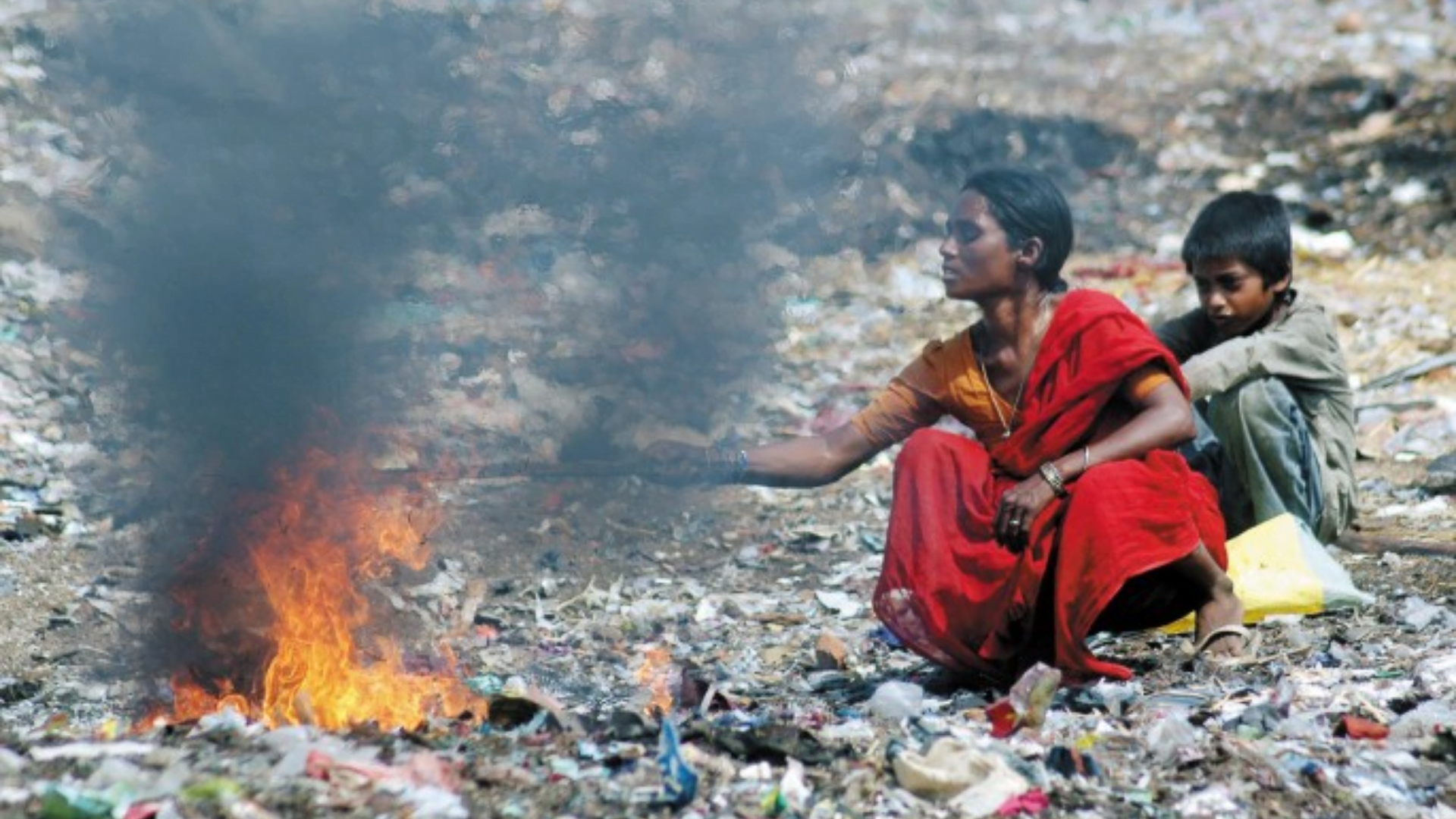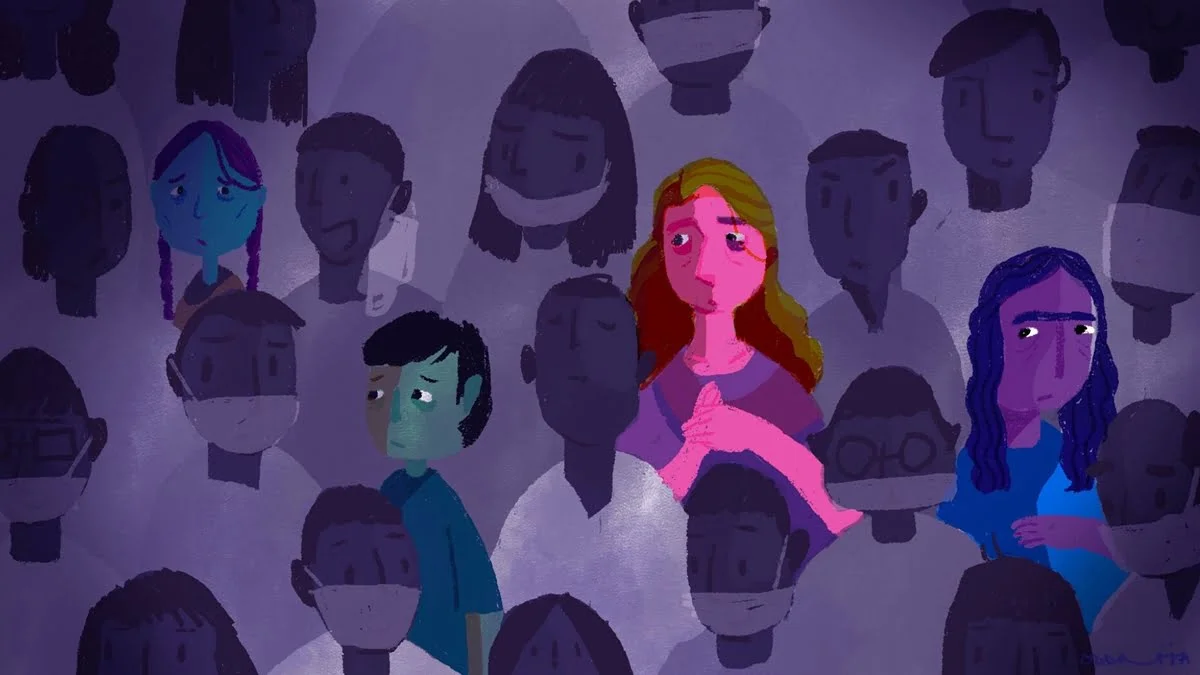It is true that environmental threats such as pollution and climate change affect everyone globally and are no longer a thing that just future generations need to worry about. It is here, and it is very much happening. However, pollution, which causes one in six deaths worldwide, doesn’t target everyone equally. Much like other threats, marginalised communities are much more susceptible to pollution deaths.
Based on GBD data from 2015 on pollution and health, the Lancet Commission found that pollution was responsible for an estimated 9 million deaths globally. The Commission also noted that it was the low and middle-income countries that see 92% of the pollution-related deaths and suffer the greatest burden of pollution’s economic losses.
It is true that environmental threats such as pollution and climate change affect everyone globally and are no longer a thing that just future generations need to worry about. It is here, and it is very much happening. However, pollution, which causes one in six deaths worldwide, doesn’t target everyone equally. Much like other threats, marginalised communities are much more susceptible to pollution deaths.
In 2019, Lancet Commission found that the number of deaths remains unchanged, with approximately 9.0 million premature deaths. Air pollution (both household and ambient air pollution) remains responsible for the greatest number of deaths, causing 6.7 million deaths in 2019. Water pollution was responsible for 1.4 million premature deaths.

There are particular types of air pollution that are associated with extreme poverty. In 2019, 2.31 million people died from household air pollution attributable to inefficient cooking practices using polluting stoves paired with solid fuels and kerosene. Thus, people from marginalised communities face more obstacles when dealing with pollution.
The Lancet Commission found that while household pollution has decreased in the past few years, deaths from ambient air pollution and toxic chemical pollution have increased. The Commission found that the situation has not improved overall, and it is the low and middle-income countries that continue to take the brunt of it.
There are particular types of air pollution that are associated with extreme poverty. In 2019, 2.31 million people died from household air pollution attributable to inefficient cooking practices using polluting stoves paired with solid fuels and kerosene. Thus, people from marginalised communities face more obstacles when dealing with pollution.
Another study shows that globally, the regions that became whiter and richer between 1981 and 2016 have become relatively less polluted over time. In contrast, regions and population groups that were most exposed to fine particle pollution 40 years ago — disproportionately low-income and minority communities — are still exposed to higher pollution levels.

One of the biggest challenges that stand in the way of developing effective international cooperation against climate change and pollution is to do with equity and justice. There is still huge asymmetry not just in contribution to climate impact but also in the decision-making powers across regions. For example, “in 2010, median per capita emissions for the group of low-income countries were around nine times lower than those of high-income countries.”
Many of the key international climate documents, whether IPCC or the UNFCCC refuse to address the historical responsibility of climate change and pollution. They continue to focus simply on the future agendas while refusing to consider that historically contributions to these climate changes haven’t been equal.
Many of the key international climate documents, whether IPCC or the UNFCCC refuse to address the historical responsibility of climate change and pollution. They continue to focus simply on the future agendas while refusing to consider that historically contributions to these climate changes haven’t been equal.
Similarly, the emphasis of the emerging UNFCCC regime is on a voluntary national action rather than a top-down target-based agreement with clear implementation plans.
In fact, many of the least developed nations of the world have pitched in to play their part in climate action. “Ethiopia has committed to carbon-neutral development. Bangladesh has invested US$10 billion of its own money to adapt to extreme climatic events. Nepal is the first country to develop adaptation plans at the community level.” Thus, high-income countries need to take actions not just at-par with the developing nations, but with their historical responsibility towards contribution to environmental damage in consideration.
What makes this problem worse is that low and middle-income countries are also ill-equipped to face the consequences of pollution in terms of infrastructure and healthcare. More specifically, it is the marginalised in terms of class, gender and communities that have lower means to access healthcare and the ways to safeguard themselves against the impact of pollution. This complicates the already present structures of inequalities.
For example, someone from a low-income background living in a developing nation like India while also belonging to a discriminated caste and queer community will have a much more difficult time finding proper protection against pollution than, say, a cis, high-income, upper-caste person. Ambient air pollution, for instance, specifically affects the communities living in poverty.
It is unfair that some communities have to face the brunt of pollution more severely when it is caused mostly by industrialisation. Often it is the marginalised groups who are forced to live in the areas that are most affected by industrial pollution, such as lead concentration zones or areas with unsafe drinking water. In such a scenario, not addressing the issue of disparity in deaths due to pollution is not just ignorance but a decision to let the marginalised suffer.
Also read: How Is Air Pollution Silently Killing Women In India?
The international, as well as national agendas, should focus on addressing the intersection between pollution deaths and poverty-stricken regions, and marginalised people. Not doing so would result in the continuation and strengthening of the unequal power structure that has discriminated against the marginalised for centuries before. Marginalised groups and communities should not be the sacrificed for the privileged groups of the population to live comfortably.
Also read: The Politicisation Of Air Pollution Warnings
Featured image source: Nature
About the author(s)
Shravya Shruti is currently pursuing masters in English from Delhi University. She can be often found curled up with a good book, or trying to hide from people, or having an existential crisis. Sometimes all at once.




